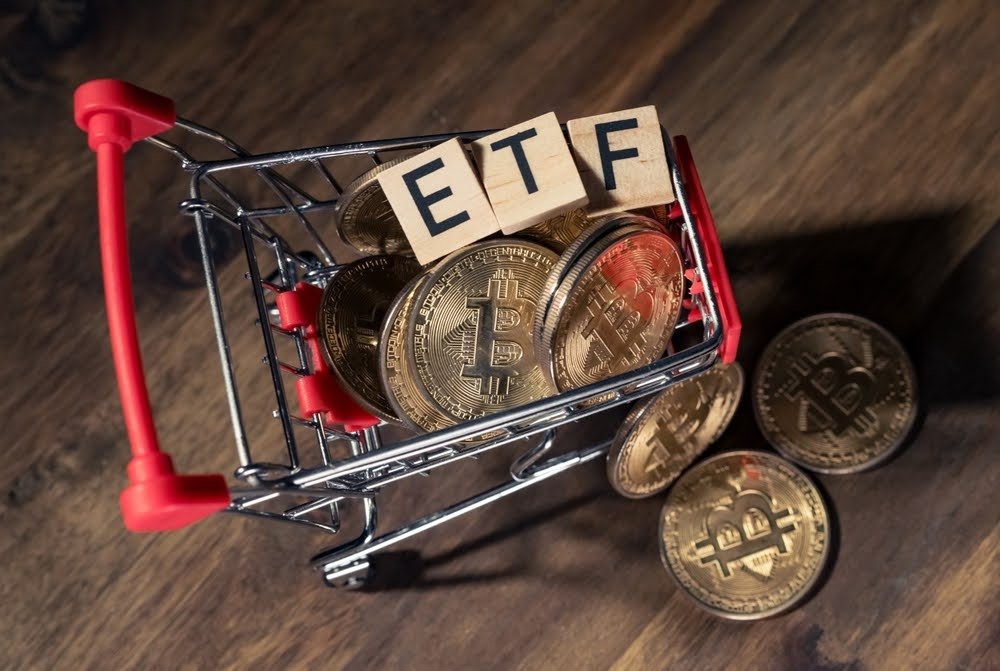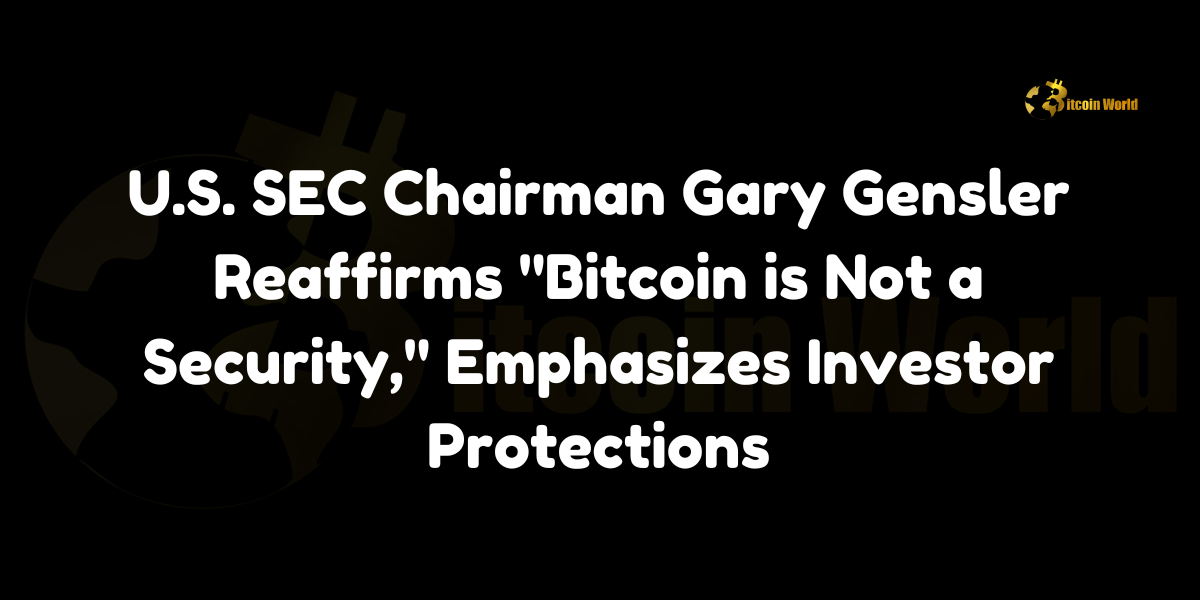Chicago Fed President Austan Goolsbee Advocates for Immediate Interest Rate Cut
Chicago Federal Reserve Bank President Austan Goolsbee, known for his dovish stance on monetary policy, has made it clear that he believes an interest rate cut is not only necessary but urgent. Speaking to Reuters, Goolsbee stressed that the Federal Reserve should not wait until the labor market weakens to take action. According to him, the economy has returned to a more normal state, and interest rates must now be adjusted accordingly to reflect that shift.
Goolsbee’s comments come as the Fed debates its next move in the context of an economy that has shown resilience in the face of various global challenges, including inflationary pressures and rising geopolitical tensions. While inflation appears to be cooling, Goolsbee believes that there is a strong case for normalizing interest rates sooner rather than later, to ensure that the economy continues on its path of sustained recovery.
The Case for Interest Rate Cuts: A Dovish Perspective
As one of the more dovish members of the Federal Open Market Committee (FOMC), Goolsbee has been vocal about his preference for easing monetary policy. His stance is driven by concerns that overly tight monetary policy could stifle economic growth, particularly if the job market begins to show signs of strain. Goolsbee argues that while the labor market is stable and sustainable for now, the Fed must be proactive in cutting rates to avoid any potential downturn.
“We can’t wait for the job market to weaken,” Goolsbee stated. In his view, the Fed should take action now to prevent any future disruptions to employment and to ensure that the broader economy remains on a solid footing.
This approach contrasts with the more hawkish members of the Fed, who advocate for a wait-and-see strategy, focusing on keeping rates higher for longer to fully combat inflation. However, Goolsbee believes that inflation is under control and that now is the right time to begin lowering rates.
Interest Rate Normalization: Returning to Pre-Pandemic Levels
One of the key reasons behind Goolsbee’s call for an interest rate cut is his belief that the economy has returned to a more normal state. According to him, the extraordinary measures taken during the COVID-19 pandemic—including aggressive interest rate hikes—are no longer necessary. With the economy stabilizing, Goolsbee contends that the Fed should move toward a more neutral monetary policy stance.
In particular, Goolsbee highlighted the importance of normalizing interest rates to reflect the current economic environment. He argues that the Fed’s current rate levels, which were set to combat inflation and stabilize the economy during unprecedented times, must be adjusted to better suit the economy as it stands today. In his view, further rate cuts would bring rates back in line with historical norms and allow for sustainable growth moving forward.
Stable Labor Market: A Crucial Consideration
Austan Goolsbee has made it clear that the labor market is a critical factor in his reasoning for a rate cut. Despite broader concerns about a potential slowdown, Goolsbee believes that the U.S. job market remains stable and sustainable. This view is supported by recent labor data showing continued job creation and low unemployment rates, which suggest that the economy is in a strong position.
However, Goolsbee’s concern is that if the Fed waits too long to cut rates, the labor market could begin to weaken, putting pressure on both employers and employees. By cutting rates now, Goolsbee believes the Fed can help maintain a healthy labor market and prevent any potential downturn in hiring or wage growth.
Balancing Inflation and Economic Growth
While Goolsbee acknowledges that inflation remains a concern for some members of the Fed, he is confident that inflation is being tamed. Recent data has shown that inflationary pressures are easing, and Goolsbee believes that the Fed’s earlier rate hikes have played a crucial role in bringing inflation down. Now, however, he argues that the Fed must pivot toward supporting growth, rather than focusing solely on inflation control.
In Goolsbee’s view, cutting interest rates would provide a much-needed boost to economic activity, encouraging investment and spending without risking a return to high inflation levels. He asserts that the Fed has achieved its inflationary goals and should now focus on fostering a healthy and sustainable growth environment.
Fed’s Next Steps: Data-Driven Decisions
As with all decisions made by the Federal Reserve, Goolsbee emphasized that any action taken must be data-driven. The Fed is expected to receive two key jobs reports and an inflation report before its November meeting, and these reports will be crucial in determining the Fed’s next steps.
Goolsbee’s call for a rate cut adds to the growing debate within the Fed over the appropriate course of action. While some members are advocating for holding rates steady to ensure inflation is fully controlled, others like Goolsbee are pushing for rate cuts to prevent a potential economic slowdown.
Market Reactions to Goolsbee’s Comments
Goolsbee’s remarks have added fuel to market speculation about the Fed’s next move. Investors and analysts have been closely watching the Fed’s actions, and the possibility of further rate cuts has sparked renewed interest in risk assets like stocks and cryptocurrencies, which tend to perform well in a low-rate environment.
However, with two jobs reports and an inflation report yet to be released, markets remain cautious. Many are waiting to see how the data unfolds before making any significant moves.
Conclusion: A Push for Normalization Amid Economic Stability
Chicago Fed President Austan Goolsbee’s call for immediate interest rate cuts underscores his belief that the U.S. economy is on a stable footing and ready for a return to normal monetary policy. Goolsbee’s emphasis on the labor market’s stability and the importance of proactive rate cuts highlights the Fed’s delicate balancing act between controlling inflation and fostering economic growth.
As the Fed prepares for its November meeting, all eyes will be on the upcoming economic reports, which will play a critical role in shaping the central bank’s next steps.
Internal Link Reference
For more insights into the Fed’s interest rate strategy and its potential impact on financial markets, check out our analysis on monetary policy shifts, where we explore the implications of Fed decisions on stocks, bonds, and cryptocurrencies.





